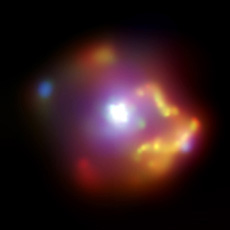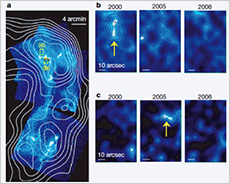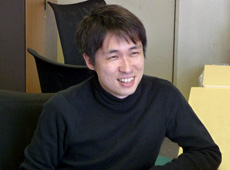Panofsky Fellow, at SLAC National Accelerator Laboratory, Stanford University
Dr. Uchiyama graduated from the Department of Physics, Faculty of Science at the University of Tokyo in 1998. He completed his Ph.D. at the Graduate School of Science at the University of Tokyo in 2003. The same year, he became a research associate at the School of Physics at Yale University.
In 2006, he became a research associate at the JAXA Institute of Space and Astronautical Science. Since 2008, Dr. Uchiyama has participated in research with the Fermi Gamma-ray Space Telescope at SLAC National Accelerator Laboratory, Stanford University.
In 2003, he was awarded the Cosmic Ray Physics Incentive Prize for his achievements in research on nonthermal X-ray emissions. Dr. Uchiyama was also awarded the 21st Astronomical Society of Japan Research Encouragement Prize for research on particle acceleration in a supernova remnant and the origin of cosmic rays.
Discovering the Relationship Between Black Holes and Galaxy Formation | Probing the Evolution of the Universe with Galaxy Clusters | Hopes for New Images of the Universe | ASTRO-H Outline
Spin-off Technologies from ASTRO-H | History of Japanese X-ray Astronomy Satellites


